Have you ever wondered why some videos go viral on YouTube, reaching millions of views, while others languish in obscurity? This question taps into a universal curiosity and anticipation about the secret sauce behind successful content on the world’s largest video platform. It’s not just about luck; there’s a science to it, and it involves mastering YouTube SEO.
In this guide, we’ll dive deep into the key strategies for optimizing your videos for higher ranking, including keyword research, optimizing video titles and descriptions, leveraging tags, and much more. But how exactly do these elements boost your video’s visibility? And more importantly, how can you apply these techniques to ensure your content reaches its intended audience?
Stay with us as we unravel the mysteries of YouTube SEO, providing actionable tips and insights that will transform how you create and promote your videos.
What Is SEO on YouTube?
SEO on YouTube is the process of optimizing your videos, channel, and playlists to increase visibility in YouTube’s search results and recommended video feeds.
Similar to traditional SEO, which focuses on websites and web pages, YouTube SEO involves carefully selecting keywords, crafting engaging content, and leveraging metadata to ensure your videos are easily discoverable by your target audience.
This optimization helps bridge the gap between your content and the viewers searching for it, making SEO an indispensable tool in your YouTube strategy.
How to Do YouTube SEO for Free
Optimizing your YouTube content for search engines can be effectively achieved without spending a dime.
Start by diving into keyword research, leveraging YouTube’s Search Suggest feature. This powerful tool provides a glimpse into the most searched terms by viewers, giving you a clear direction on what keywords to target.
Once you’ve identified your keywords, weave them thoughtfully into your video titles, descriptions, and tags. This not only boosts your video’s relevance in search results but also helps your content reach the right audience.
Beyond keywords, key strategies to increase visibility and foster a loyal community include actively engaging with your viewers by responding to comments, encouraging them to share your videos, and consistently delivering high-quality, impactful content.
Don’t overlook the importance of YouTube Analytics. This free resource is invaluable for tracking your video’s performance, offering insights into viewer behavior, engagement rates, and more. By analyzing this data, you can refine your SEO strategies and tailor your content to better meet your audience’s needs and interests.
These straightforward steps provide a solid foundation for enhancing your YouTube SEO without financial investment.
What Is the Best SEO Tool for YouTube?
TubeBuddy is a comprehensive browser extension that integrates directly with YouTube’s dashboard, offering a suite of SEO tools. It simplifies the process of keyword research, suggests relevant tags, and helps optimize video titles and descriptions for better searchability. Its user-friendly interface and direct integration with YouTube make it a favorite among content creators looking to streamline their SEO efforts.
vidIQ is another powerful tool that enhances your YouTube SEO strategy. Like TubeBuddy, vidIQ offers insights into the best keywords to use, suggests improvements for your video titles and descriptions, and provides competitive analysis features. What sets vidIQ apart is its focus on analytics and engagement metrics, giving creators a deeper understanding of how their content performs and how audiences interact with their videos.
Lastly, Ahrefs’ YouTube Keyword Tool offers a more specialized approach to keyword research. It’s renowned for its extensive database and accurate search volume data for keywords on YouTube. This tool is particularly useful for creators who want to delve deep into keyword research to find high-potential keywords that can drive more traffic to their videos.
Each of these tools has its strengths and choosing the right one depends on your specific needs. TubeBuddy and vidIQ are excellent all-rounders for those who want a comprehensive set of tools to optimize their YouTube content. On the other hand, Ahrefs’ YouTube Keyword Tool is ideal for those focusing primarily on keyword research to enhance their SEO strategy.
Is Google SEO Better Than YouTube SEO?
Comparing Google SEO to YouTube SEO is like comparing apples to oranges. Each platform has its unique algorithm and content discovery mechanisms.
Google SEO delivers relevant web pages based on textual content, while YouTube SEO prioritizes viewer engagement metrics such as watch time, likes, and comments.
While both require a keyword-centric approach, success on YouTube hinges on creating engaging, high-quality video content that resonates with viewers.
How Many Keywords Should I Use on YouTube?
When it comes to keyword usage on YouTube, quality trumps quantity. Instead of stuffing your video titles and descriptions with numerous keywords, focus on a handful of highly relevant terms.
Your title should feature a primary keyword, while secondary keywords can be incorporated into your description and tags. This targeted approach ensures that your video remains focused and relevant to your audience’s search intent.
How Many Times a Week Should You Post on YouTube?
The ideal posting frequency on YouTube varies by channel, content type, and audience preferences.
While consistency is key, quality should never be sacrificed for quantity. For most creators, posting one to three times a week allows for the creation of high-quality content without overwhelming viewers.
Experiment with different frequencies to find what works best for your channel, and follow a regular posting schedule to keep your audience engaged.
Optimizing Video Content for Maximum Engagement
Creating videos that captivate and retain viewers is the cornerstone of YouTube success. Start with a compelling title that sparks curiosity while clearly indicating the video’s content.
Your description should expand on this, offering viewers more context and including a call to action. High-quality thumbnails act as the gateway to your videos, enticing viewers to click through from search results or recommendations.
Enhancing Viewer Engagement and Retention
To keep viewers watching, structure your content to deliver value from start to finish. Use storytelling techniques, address viewer questions, and incorporate visually engaging elements to maintain interest.
Encourage viewer interaction by asking questions, prompting comments, and suggesting further actions, such as subscribing or watching another video. These strategies not only boost engagement but also signal to YouTube’s algorithm that your content is valuable, increasing your chances of ranking higher.
Do Scheduled Videos Get Less Views?
There’s a common misconception that scheduled videos receive fewer views than those uploaded immediately. However, scheduling does not directly impact a video’s performance.
What matters is the consistency it allows creators to maintain. Scheduling helps you post at optimal times for your audience, regardless of your personal availability, ensuring your content reaches viewers when they’re most likely to engage.
Analyzing and Adapting to Performance Metrics
Key Metrics to Analyze:
- View Count: Total views can give a broad understanding of a video’s reach.
- Watch Time: The total amount of time viewers have spent watching your videos. It’s a critical metric for YouTube’s algorithm.
- Engagement: Likes, comments, shares, and subscribes indicate how viewers are interacting with your content.
- Click-Through Rate (CTR): The percentage of people who click on your video after seeing the thumbnail.
- Audience Retention: Shows how much of your video your audience watches and at what points they drop off or skip.
Adapting Strategies:
- Optimize your thumbnails and titles to improve CTR.
- Create engaging content that encourages viewers to like, comment, and share.
- Analyze audience retention graphs to understand where and why viewers drop off, then adapt your content accordingly.
- Use YouTube Analytics to understand your audience better and tailor your content to their preferences.
Embracing the Future of YouTube Success
The essence of YouTube success lies in creating content that informs, entertains, and engages your target audience. By optimizing every aspect of your YouTube presence, from keywords to viewer engagement, you set the stage for your content to thrive in YouTube’s competitive landscape.
Ready to take your YouTube videos to the next level? Visit Index365 and discover advanced SEO strategies designed specifically for content creators like you. Don’t let your content get lost in the sea of videos. Contact us and begin your journey to YouTube success!







